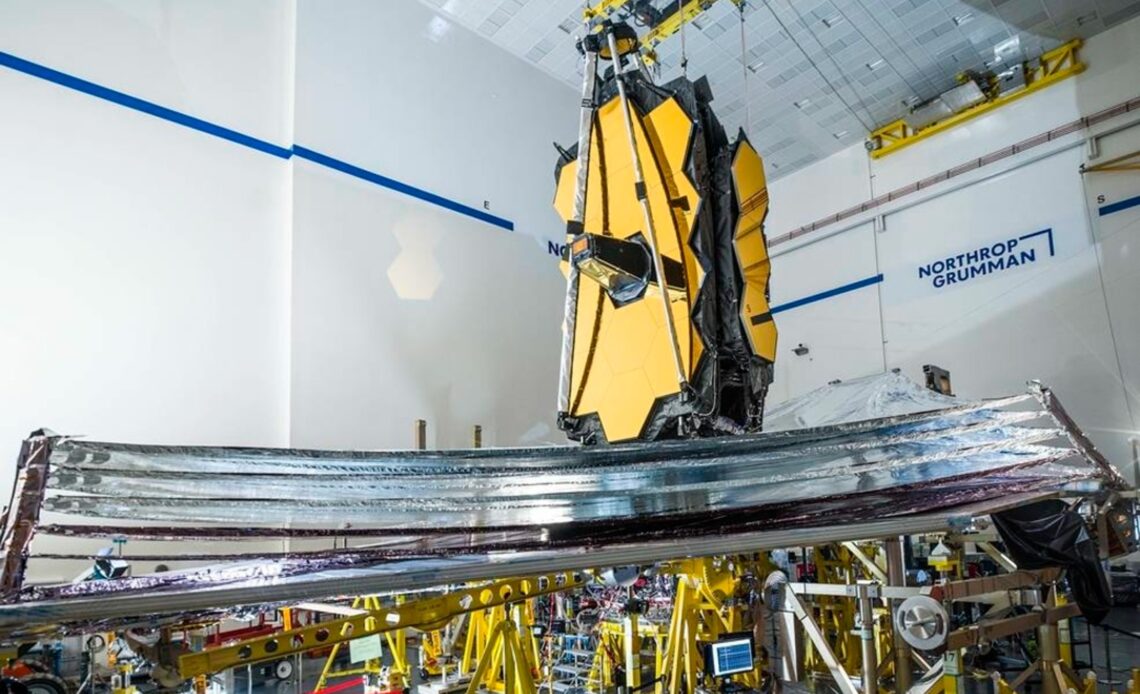
The James Webb Space Telescope has completed one of the most challenging tasks involved in its mission to investigate the depth of our universe. This week, NASA managed to exert 70 foot sunshine. This system is important for telescope operations. This will ensure the instrument is not cooler than minus 380 degrees Fahrenheit so they are cold enough to see infrared light designed to be tracked.
NASA began to spread the Sunshield three days after the 25th December 25 telescope launch. The entire ongoing process takes a better part of eight days, with one day pause for agency to optimize the Webb power system and tensioning motorbike. When you consider all the components involved, it’s easy to see why NASA said the process was very challenging. Overall, going on and tensile sunlight involving 139 release mechanisms, 70 hinge assemblies, eight motorcycles, around 400 pulolos and about a quarter of the mile of cables. If there is one of those components, they can regulate the entire project again.
At best, it will be another delay in a long setback line. After redesigning in 2005, NASA stated that JWS was ready in 2016, but making complications delay assembly until 2019. Pandemic Coronavirus then caused further delays in shipping and testing the telescope. There are still more work to do before scientists can use Webb to study black holes and other celestials. For the next five and a half months, NASA has to spread the mirror of the telescope and align its optics. After all that, the world will get the opportunity to see the first image needed.
